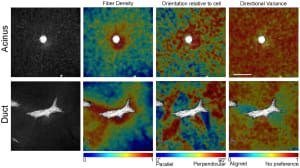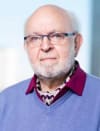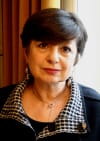
Ecological Models for Gene Therapy. I. Models for Intraorganismal Ecology
Biological Theory
We discuss the perspective of intra-organismal ecology by investigating a family of models of niche construction. We consider first and second order models.
Abstract
In this article, we discuss the perspective of intraorganismal ecology by investigating a family of ecological models. We consider two types of models. First-order models describe the population dynamics as being directly affected by ecological factors (here understood as nutrients, space, etc). They might be thought of as analogous to Aristotelian physics. Second-order models describe the population dynamics as being indirectly affected, the ecological factors now affecting the derivative of the growth rate (that is, the population acceleration), possibly through an impact on nongenetically inherited factors. Second-order models might be thought of as analogous to Galilean physics. In a companion article, we apply these ideas to a situation of gene therapy.
Keywords: Ecosystem engineering, Inertial dynamics, Intraorganismal ecology, Niche construction, Nongenetic inheritance







